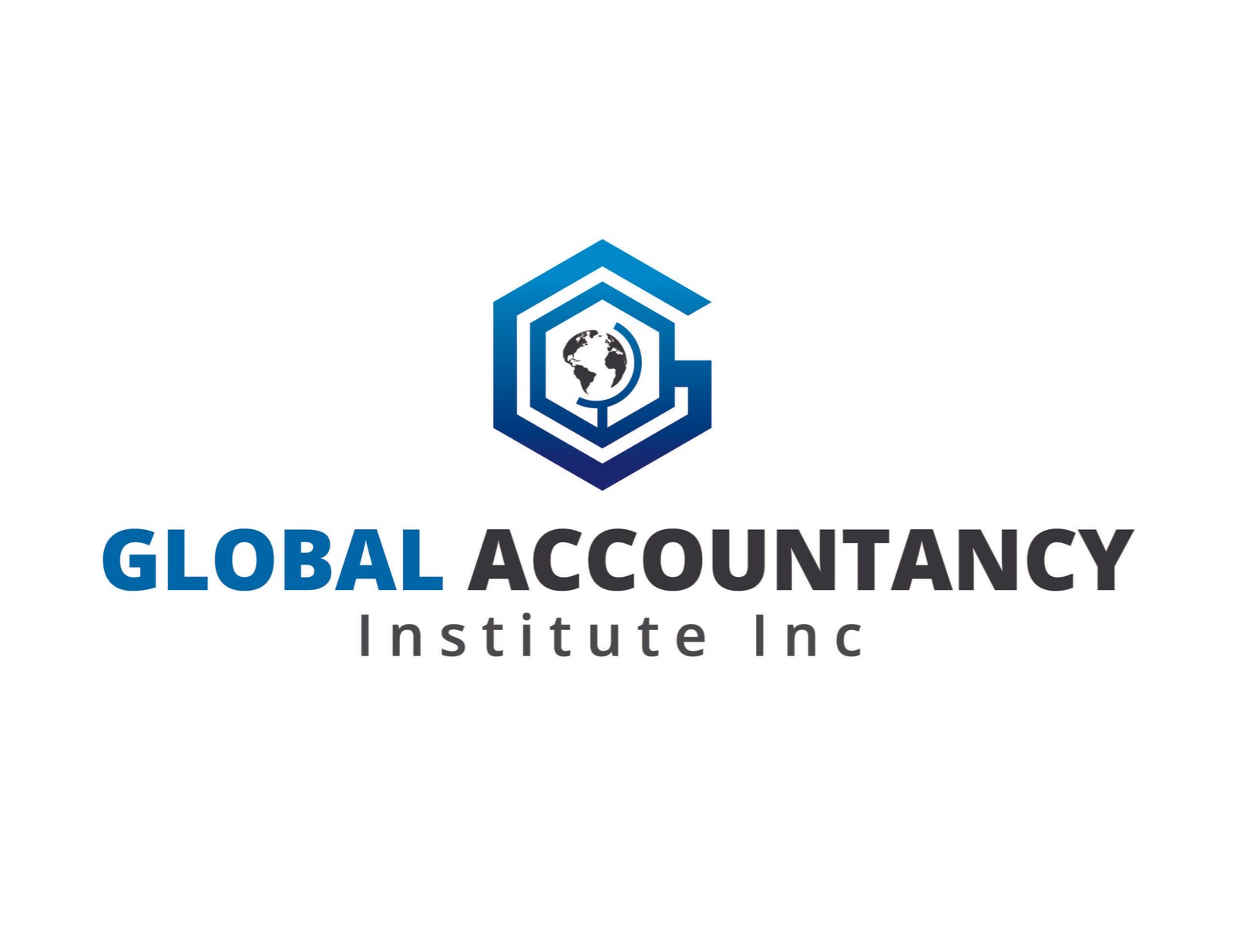Lecture 1.1: Overview of Proprietary Trading Principles
- June 10, 2024
- Posted by: DrGlenBrown2
- Category: Blog

Lecture 1.1: Overview of Proprietary Trading Principles
Introduction
Welcome to the first lecture of the Global Elite Proprietary Trading Course (GEPTC). In this lecture, we will explore the foundational principles of proprietary trading. This introductory session is designed to provide you with a comprehensive understanding of what proprietary trading entails, its objectives, the different types of proprietary trading, and the key principles that guide successful trading practices.
Definition of Proprietary Trading
Proprietary trading, often referred to as “prop trading,” involves a financial firm or commercial bank investing for direct market gain rather than earning commission dollars by trading on behalf of clients. In proprietary trading, firms use their own capital to engage in various trading activities to generate profits.
Purpose and Objectives
- Firm’s Objective: The primary goal of proprietary trading is to make profits by utilizing the firm’s own capital and sophisticated trading strategies. Unlike traditional trading, where profits come from commissions or fees for trading on behalf of clients, proprietary trading focuses on direct market gains.
- Role of Proprietary Traders: Proprietary traders are responsible for identifying market opportunities and leveraging the firm’s capital to execute trades. Their expertise in market analysis and strategy development is crucial for capitalizing on market inefficiencies and trends.
Types of Proprietary Trading
- Equity Trading: Involves buying and selling stocks or shares of companies. Equity traders focus on capitalizing on price movements in the stock market.
- Fixed Income Trading: Deals with trading bonds and other fixed-income securities. Traders in this category aim to profit from interest rate changes and credit spreads.
- Derivatives Trading: Involves trading financial instruments like options, futures, and swaps. Derivatives traders use these instruments to hedge risks or speculate on market movements.
- Foreign Exchange (Forex) Trading: Involves trading currencies in the global market. Forex traders seek to profit from fluctuations in currency exchange rates.
Key Principles
- Risk Management: Essential for protecting capital and ensuring long-term profitability. Proprietary traders must employ robust risk management strategies to mitigate potential losses.
- Leverage: Using borrowed capital to increase potential returns. While leverage can amplify profits, it also comes with increased risk. Understanding and managing this risk is crucial for successful trading.
- Market Analysis: Incorporates technical, fundamental, and quantitative analysis to identify trading opportunities. Effective market analysis enables traders to make informed decisions based on market trends and data.
Examples
Case Study: A proprietary trading firm successfully identifying and capitalizing on a market inefficiency in the equity market.
- Scenario: A proprietary trading firm notices an undervalued stock due to a temporary market inefficiency.
- Action: The firm conducts thorough market analysis and decides to invest a significant portion of its capital in the stock.
- Outcome: As the market corrects itself, the stock’s value increases, allowing the firm to sell the shares at a profit.
Summary
- Proprietary Trading: Involves using firm capital to trade and profit from market opportunities.
- Key Components: Risk management, leverage, and market analysis are critical components of successful proprietary trading.
This lecture provides a foundation for understanding the principles of proprietary trading. In the next sessions, we will delve deeper into each type of trading, explore advanced trading strategies, and discuss the practical application of these principles in real-world trading scenarios.
About the Author
Dr. Glen Brown is a seasoned finance and accounting professional with an impressive track record spanning over 25 years in the industry. As the President & CEO of both Global Accountancy Institute, Inc. and Global Financial Engineering, Inc., he steers organizations with a clear focus on bridging the gap between the fields of accountancy, finance, investments, trading, and technology. His leadership has positioned these entities as globally recognized multi-asset class professional proprietary trading firms.
Dr. Brown is an alumnus of distinguished educational institutions, holding a Doctor of Philosophy (Ph.D.) in Investments and Finance. His broad spectrum of expertise encompasses financial accounting, management accounting, finance, investments, strategic management, and risk management.
Besides his executive responsibilities, Dr. Brown wears several other hats — Chief Financial Engineer, Head of Trading & Investments, Chief Data Scientist, and Senior Lecturer in a range of financial disciplines. These diverse roles highlight his dual commitment to the practical application of financial knowledge and the advancement of academic learning in his field.
Dr. Brown’s guiding philosophy is a testament to his leadership style and personal commitment: “We must consume ourselves in order to transform ourselves for our rebirth. We are blessed with subtlety, creative imaginations, and outstanding potential to attain spiritual enlightenment, transformation, and regeneration.” This belief is the driving force behind his dedication to innovation, personal growth, and the pursuit of excellence in finance and investments.
Call to Action (CTA)
Ready to take your trading skills to the next level? Enroll in the Global Elite Proprietary Trading Course (GEPTC) today and learn from industry experts like Dr. Glen Brown. Gain access to cutting-edge trading strategies, market insights, and practical knowledge that will empower you to excel in the financial markets.
Register now at: Global Elite Proprietary Trading Course (GEPTC)
General Disclaimer
This course is intended for educational and informational purposes only. The views and strategies described may not be suitable for all readers or investors. The information contained herein does not constitute and should not be construed as investment advice, an endorsement, or an offer or solicitation to buy, sell, or hold any securities, other investments, or to adopt any investment strategy. The strategies, concepts, and techniques discussed are complex and may not be understood completely without a thorough understanding of finance, investments, and risk management.
The data and information presented are believed to be accurate but are not guaranteed. Past performance is no guarantee of future results. Investments in financial markets are subject to risk, including the potential loss of principal. The author, Dr. Glen Brown, and any associated entities will not be held responsible or liable for any decisions made based on the information provided in this course.
Readers and investors are urged to consult with their own financial advisors before making any investment decisions. It is the responsibility of the reader or investor to carefully consider their particular investment objectives, risk tolerance, and financial circumstances before investing.
